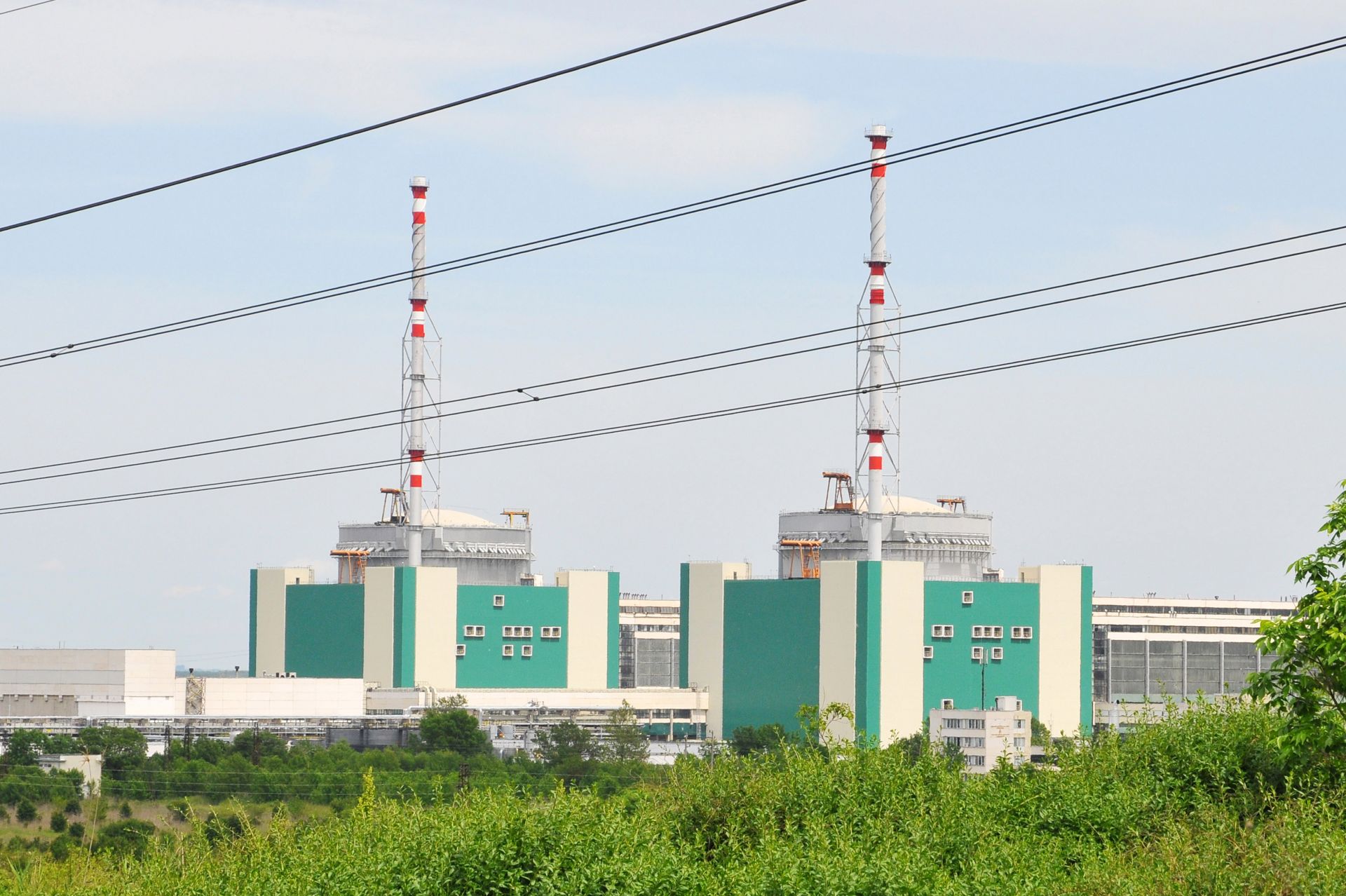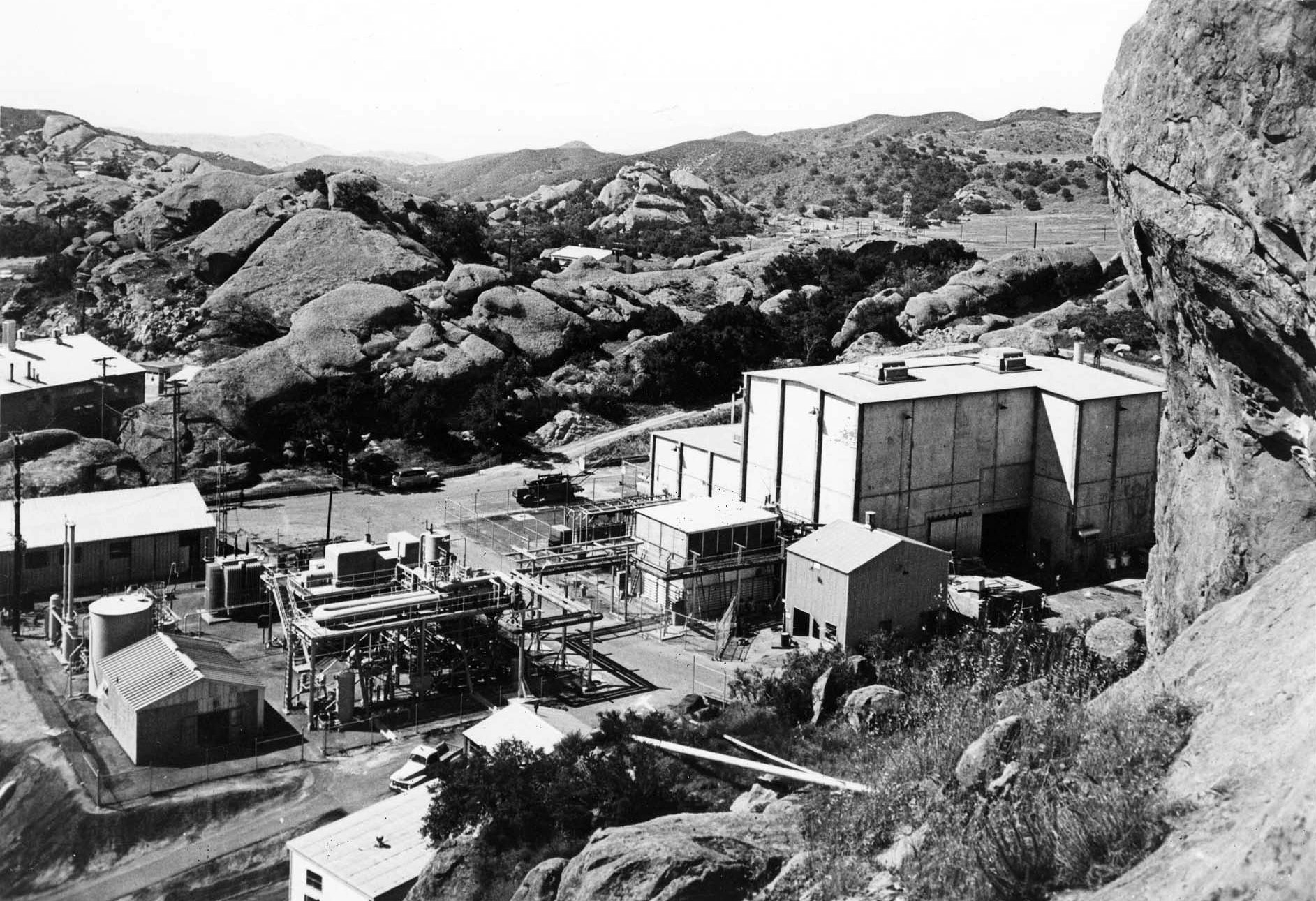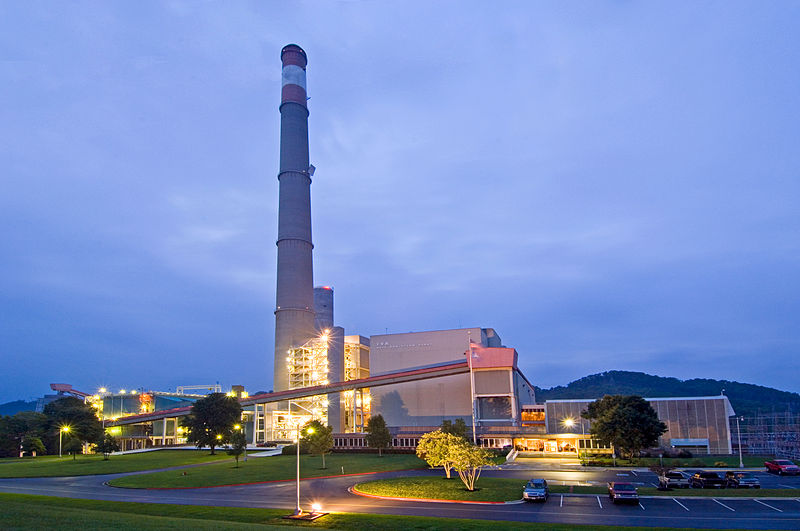Art meets technology in photos from The Nuclear Sublime

The Nuclear Sublime is a new large-format photobook that features fascinating and unusual photographs of the interiors of nuclear reactors and power plants across the United Kingdom.


The Nuclear Sublime is a new large-format photobook that features fascinating and unusual photographs of the interiors of nuclear reactors and power plants across the United Kingdom.

The International Atomic Energy Agency is developing multiple methods to rapidly screen and authenticate the origin of foods like extra virgin olive oil. With recent heat waves and droughts affecting olive oil yields in Europe—which produces 60 percent of all olive oils—the European Commission has a problem: a growing black market in fake virgin and extra virgin olive oils. According to a 2022 EC report, olive oil is one of the most mislabeled food products in Europe.

The American Nuclear Society’s 2024 Annual Conference is moving the venue in part to accommodate a higher-than-expected number of submissions for the Annual Conference and embedded topical meetings—the most received for an annual meeting in over a decade! The conference venue was changed to Mandalay Bay at the beginning of the Las Vegas strip. However, the change in accommodation comes with a change in dates: The meeting has been moved one week later than originally scheduled, to June 16–19.
U.S. officials have brought charges of nuclear materials trafficking against a Japanese gangster who has been in federal custody since 2022.
In a case filled with international espionage, along with alleged weapons and drug trafficking, Takeshi Ebisawa has been charged with attempting to sell uranium and weapons-grade plutonium. The 60-year-old Japanese national—who is believed to be a leading figure in the Yakuza, the Japanese organized crime syndicate—faces a long list of federal charges that carry sentence of life in prison.

Bulgaria has shortlisted South Korea’s Hyundai Engineering and Construction team to build new reactors at Kozloduy nuclear power plant.
Of the five international companies to bid on the project, Hyundai E&C was the only one that met the requirements of project company Kozloduy NPP—New Builds Plc. for the commissioning and construction of two new Westinghouse Electric AP1000 reactors, the Bulgarian firm said. Bids were due February 2.

The effort to build the Hinkley Point C nuclear power plant in Somerset, England, has been “prodigious, lengthy, and increasingly costly.” So says London-based energy, business, and environment writer Stanley Reed in his recent New York Times article, “Why Britain Is Struggling with Nuclear Power.”

In February 1957, construction was completed on the Sodium Reactor Experiment (SRE), a sodium-cooled, graphite-moderated reactor with an output of 20 MWt. The design of theSRE had begun three years earlier in 1954, and construction started in April 1955. On April 25, 1957, the reactor reached criticality, and the SRE operated until February 1964.
Cadre Holdings, Inc. has announced that it has entered into a definitive agreement to acquire Alpha Safety Intermediate, LLC, the operating parent of Alpha Safety, a nuclear safety solutions company, for $106.5 million (excluding working capital and certain other adjustments on closing).
The ANS honors and awards committee calls on ANS members to nominate colleagues for the annual meeting awards, but act fast, all nominations are due by March 1. The recipients of the national awards listed below will be honored on during the opening plenary session of the 2024 ANS Annual Meeting in Las Vegas, Nev. Honorees will be notified of their selection by May.

Type One Energy Group announced plans on February 21 to relocate its headquarters from Madison, Wis., to the Tennessee Valley Authority’s (TVA) Bull Run fossil plant in Clinton, Tenn., where it will build a stellarator fusion prototype machine. According to the company, the construction of the stellarator—called Infinity One—could begin in 2025, if necessary environmental reviews, partnership agreements, permits, and operating licenses are all in hand.
The Nuclear Regulatory Commission is asking for feedback on proposed changes to the annual, licensing, inspection, and special projects fees for fiscal year 2024.
The proposed fee rule, published February 20 in the Federal Register, is based on the FY 2024 Congressional Budget Justification as a full-year appropriation, but it has not yet been enacted. The final rule will be based on the NRC’s actual appropriation, and the agency will update the final fee schedule as appropriate.

Russian shelling is being blamed for damage to the single remaining power source to Ukraine’s Zaporizhzhia nuclear power plant, located on the front lines of the ongoing military conflict.
“After another attack by the Russians, the line that provided the energy supply to the Zaporizhzhia nuclear station was damaged,” Ukraine's power grid operator Ukrenergo said in a February 21 statement.

Kairos Power announced on February 21 that it has signed a technology investment agreement with the Department of Energy to implement the Advanced Reactor Demonstration Program (ARDP) Risk Reduction funding that the company was awarded in December 2020. Under the agreement, the DOE will provide up to $303 million to Kairos Power using a performance-based, fixed-price milestone approach to support the design, construction, and commissioning of the Hermes demonstration reactor in Oak Ridge, Tenn.
Earlier this month, Nuclear Regulatory Commission chair Christopher T. Hanson sent a letter to the agency’s general counsel, Brooke P. Clark, saying “a fresh look at the mandatory hearing process is warranted.” Hanson directed the Office of the General Counsel (OGC) “to identify efficiencies in these mandatory hearings that will enable the commission to fulfill its statutory obligations while it promotes the responsible stewardship of time and resources,” and gave the office 60 days to provide a paper outlining applicable requirements and options.

Construction formally began this week on two new nuclear reactors in China.
The China National Nuclear Corporation held a ground-breaking ceremony to mark the first phase of construction of the Jinqimen nuclear power plant in the eastern province of Zhejiang.
The staff of the Nuclear Regulatory Commission has sent a final rule for decommissioning reactors to the commissioners for consideration. If approved, the new rulemaking would incorporate lessons learned from nuclear power plants that have recently transitioned to decontamination and decommissioning and would improve the effectiveness and efficiency of the regulatory framework.
After nearly eight years of valuable service as editor of the American Nuclear Society journal Fusion Science and Technology, Leigh Winfrey has indicated that she intends to step down from the position as of June 2025, providing an opportunity for a fresh voice to lead FST. Consequently, ANS is seeking a qualified individual to fill this position.
The role of the editor is primarily technical leadership, setting the direction of the journal by soliciting papers, special issues, and reviews on important and timely technical topics. The editor also oversees the peer review of submitted papers and decides on acceptance, revision, or rejection.

As hydrogen production increases worldwide, some see clean hydrogen as a game-changer when it comes to decarbonizing the steel industry.
Steel production is one of the “hard-to-abate” sectors of industry, which are responsible for about 30 percent of global carbon emissions. These industries are tough to decarbonize because the technologies either do not yet exist or are considered uneconomical.
A seminal new report by the Southeast Nuclear Advisory Council and E4 Carolinas has identified the significant economic impact of the nuclear industry within the southeastern United States. The report, The Economic Impact of the Nuclear Industry in the Southeast United States, provides a baseline for future research into the crucial role nuclear power plants play in shaping regional economies and facilitating the shift to clean energy.

America, Japan, and China are racing to be the first nation to make nuclear energy completely renewable. The hurdle is making it economical to extract uranium from seawater, because the amount of uranium in seawater is truly inexhaustible.
While America had been in the lead with technological breakthroughs from the Department of Energy’s Pacific Northwest and Oak Ridge National Laboratories, researchers at Northeast Normal University in China have sprung ahead. But these breakthroughs from both countries have brought the removal of uranium from seawater within economic reach. The only question is when will the source of uranium for our nuclear power plants change from mined ore to seawater extraction?